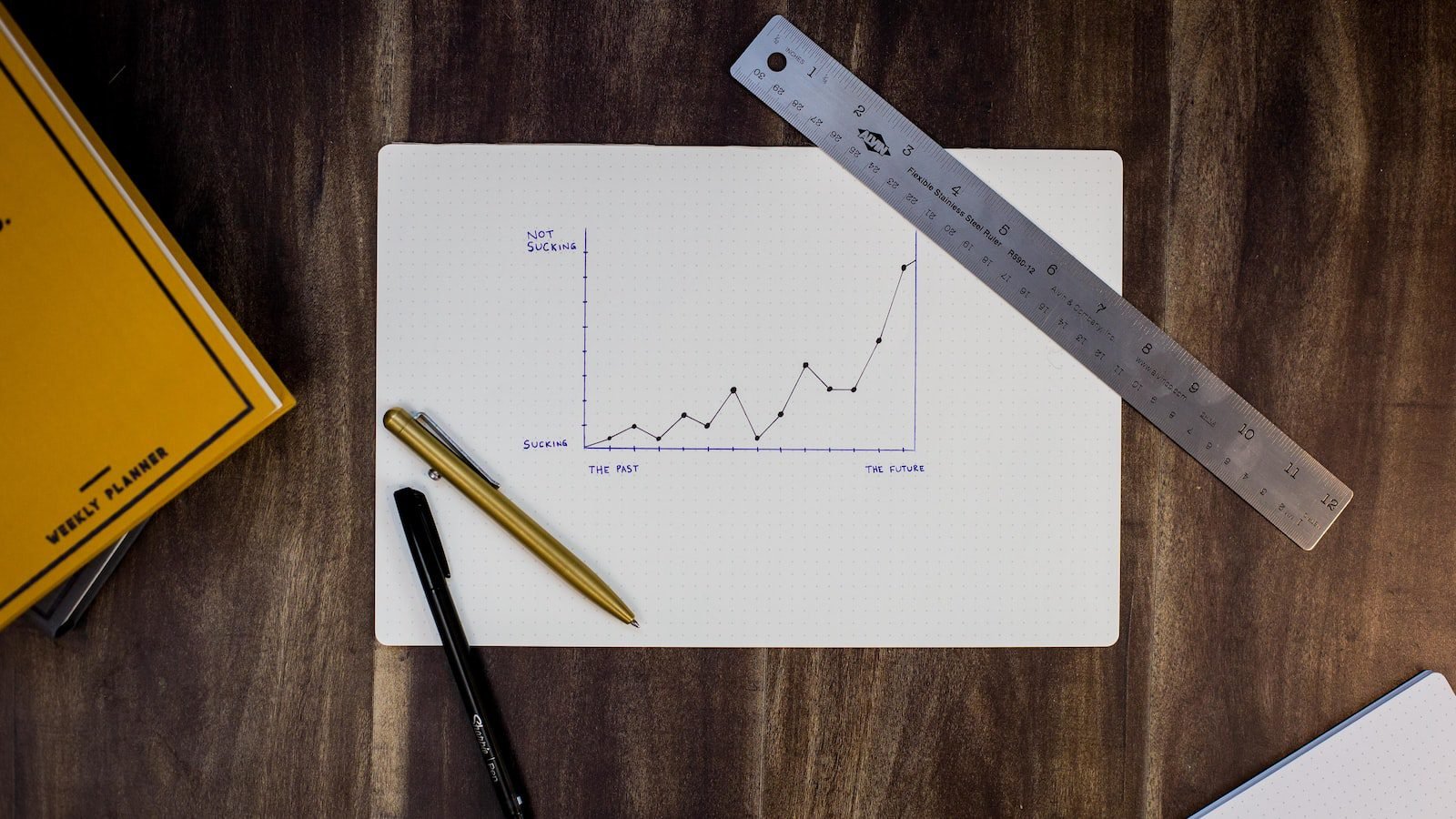How Often Should Professional Forex Traders Look to Pay Themselves?
With the potential to make high returns from relatively small investments, forex trading has become an attractive career choice for many. The level of risk and reward of these markets means that often the salaries of forex traders are not made public, so it is often difficult to gain an idea of what a professional should expect to receive for their efforts. However, with the right strategy, understanding of the financial markets, and good trading capital, individuals can look to gain substantial returns from their forex trading activity. So, how often should professional forex traders look to pay themselves?
Understanding Leverage and the Need for Risk Management
The use of leverage allows forex traders to open far larger positions then if they were trading with their own capital. For example, if an individual has $1000 in their trading account and they open a position with a 100:1 leverage ratio, that means they can then have a trade size of $100,000. Opening such large positions can make it possible for forex traders to make large profits from relatively small markets movements. However, leverage also increases the level of risk and this is why it is important that forex traders employ good risk management when trading the markets.
Paying Yourself From Your Trading Profits
In terms of how often professional forex traders should pay themselves, it is important to note that all traders are different and so there is no definitive answer. It depends on how often a trader makes a profit and how much they are willing to risk in order to gain higher rewards. Generally speaking, experienced traders will generally pay themselves on a regular basis, usually every month or every few months. The money they receive serves to supplement their income and is used to pay for rent, bills, or to invest in more trading capital. The important thing is that all traders should look to pay themselves when possible, as this will help to ensure that they are not simply wiped out by sudden market movements.
The bottom line is that there is no set number of trades that professional traders must make each month in order to receive a salary or income from their forex trading activities. Instead, it comes down to sound risk management, good trading capital, and sensible use of leverage. Professional traders will usually take a break during the day, such as from 11am to 4pm, allowing them to take a break and conduct a thorough market analysis before trading again. Ultimately, all traders should rely on their own judgment for how often they should pay themselves and take profits from the financial markets. and friendly
How Often Should Day Traders Pay Themselves?
The prospect of becoming a day trader is very enticing. After all, you can set your own hours and, if you’re successful, make a truckload of money. However, one of the first questions every aspiring day trader should ask themselves is ‘How often should I pay myself?’ As it turns out, paying yourself from trade profits offers a lot of flexibility.
Options for Receiving Income as a Day Trader
Traders have a lot of options when it comes to taking profits from their trades. Some traders just leave their profits in the trading account, while others take profits out of the account on a regular basis. Regularly taking profits out of the account gives traders the opportunity to make sure they are getting a steady stream of income. Some traders also opt to take profits out of their account once the account reaches a certain amount.
Setting Up Your Day Trading Income Stream
When setting up your day trading income stream, it’s important to decide exactly how much of your profits you’re going to take out on a regular basis. This will depend on your financial needs, trading style, and the amount of capital you’ve set aside for trading.
For example, if you’re not looking to supplement your main income and just want to make some extra cash, you may want to take a smaller percentage of your profits out each month. On the other hand, if you’re trying to replace your day job with day trading, you’ll need to be more aggressive when taking profits out of your trading account.
Benefits to Withdrawing Regularly From Your Trading Account
The primary benefit of taking profits out of your trading account on a regular basis is that it can help to provide you with a steady stream of income. This is especially true if you’re looking to make day trading your full-time job.
Additionally, regularly taking profits out of your trading account can help to ensure that you have enough money in your trading account to cover any potential losses. This is particularly important if you’re trading on margin, as failing to cover potential losses can lead to big losses quickly.
The Bottom Line
Day trading can be an excellent way to generate a steady stream of income, both as a supplement to your day job or as your full-time job. As such, it’s important to decide how much of your profitable trades you’re going to take profits from.
Your choice of when and how much to pay yourself will be dependent on your trading activity, financial needs, and the amount of capital you have set aside for trading. Ultimately, setting up a day trading income stream is an important task in its own right. Get it right and you’ll have the financial freedom you need to focus on your trading.



